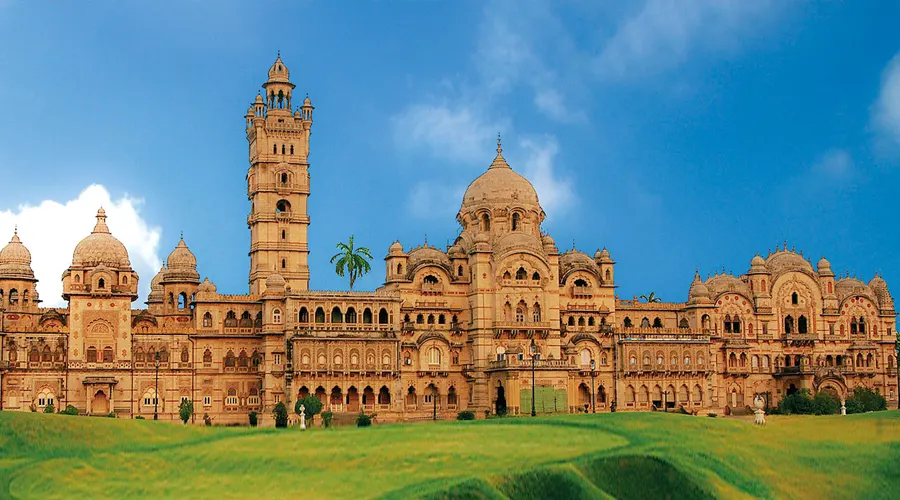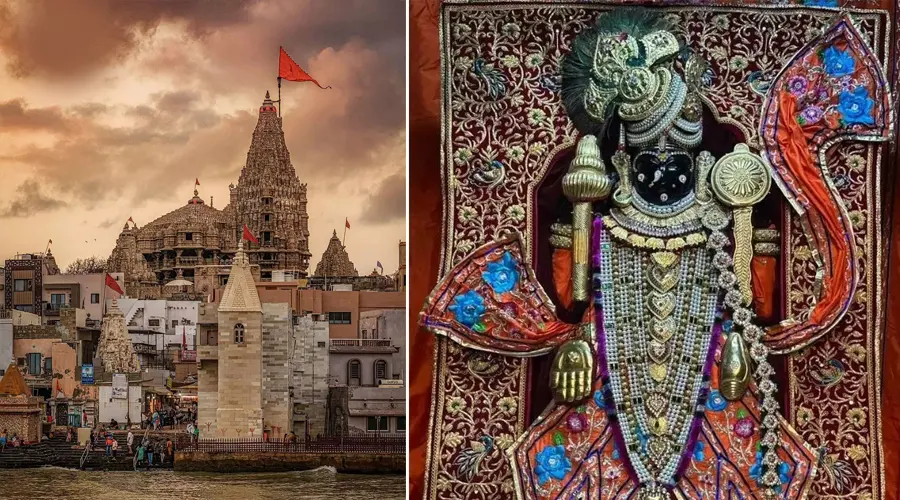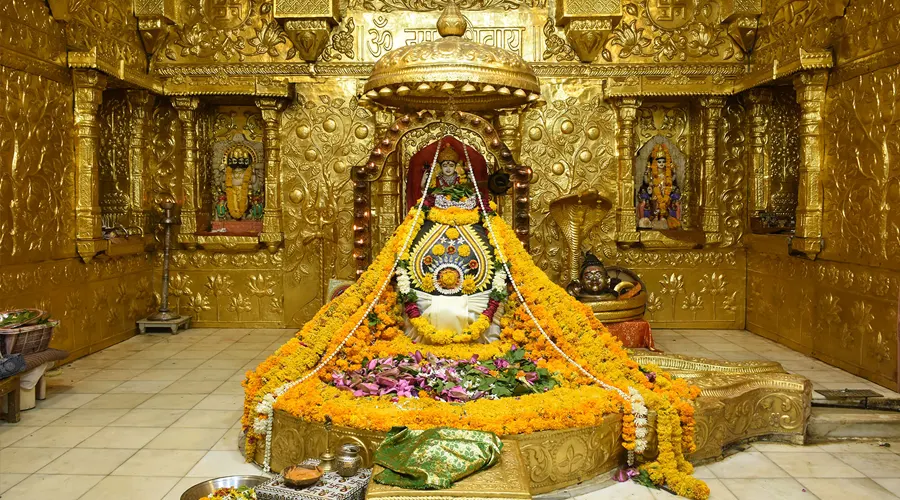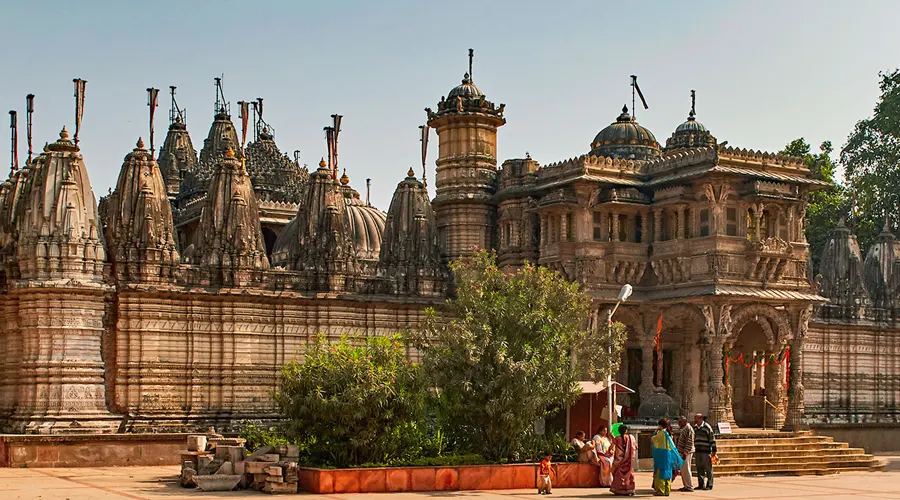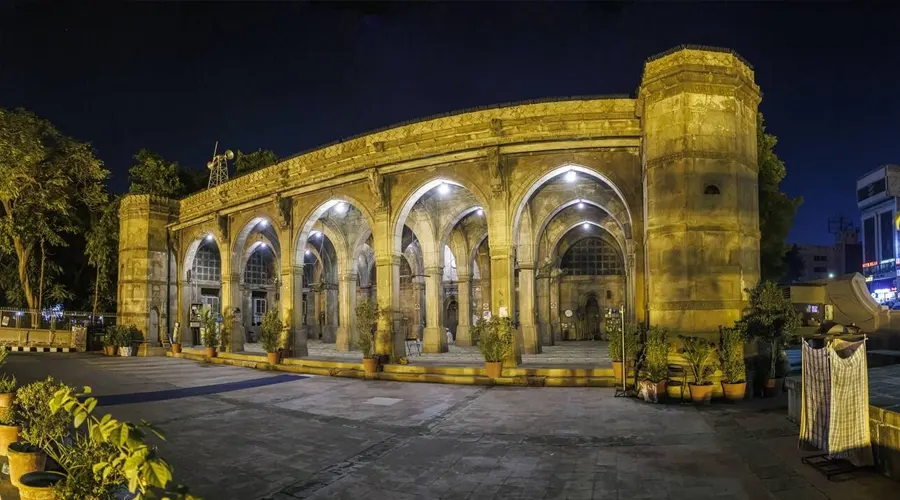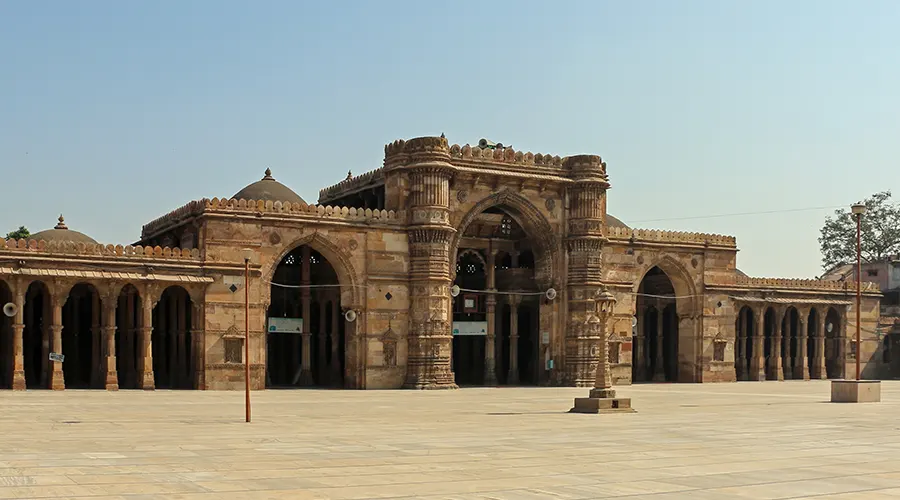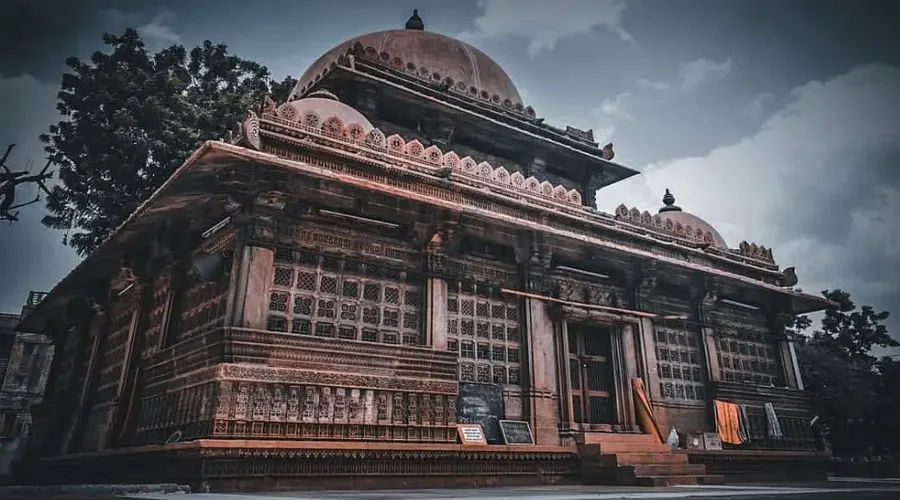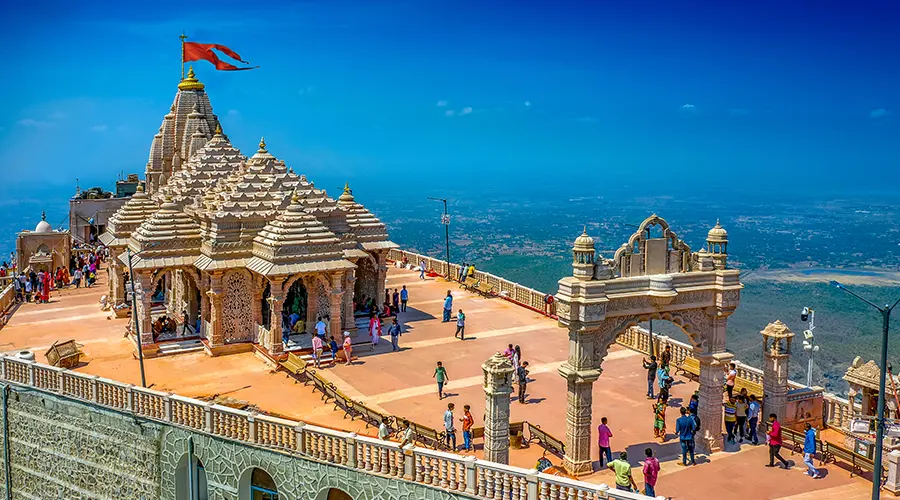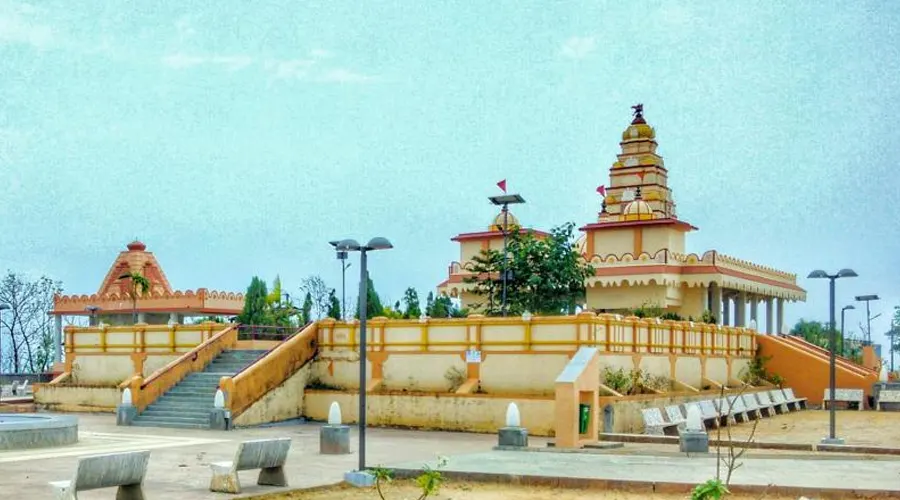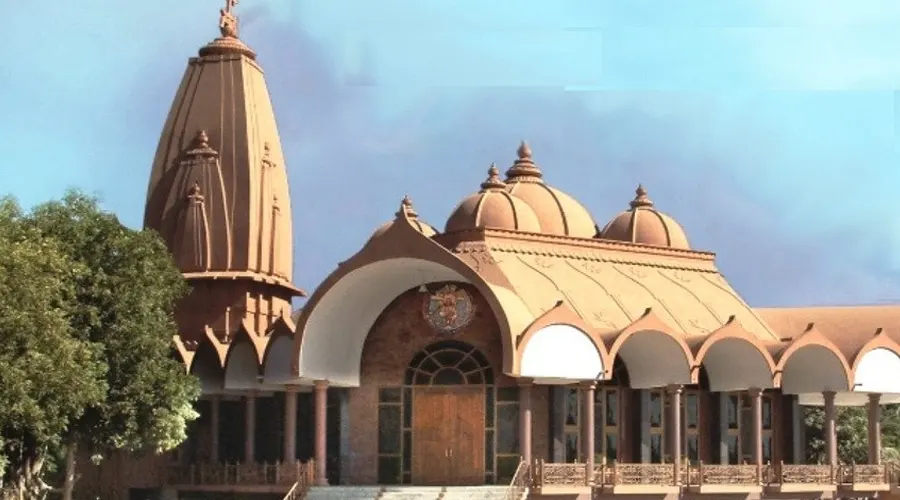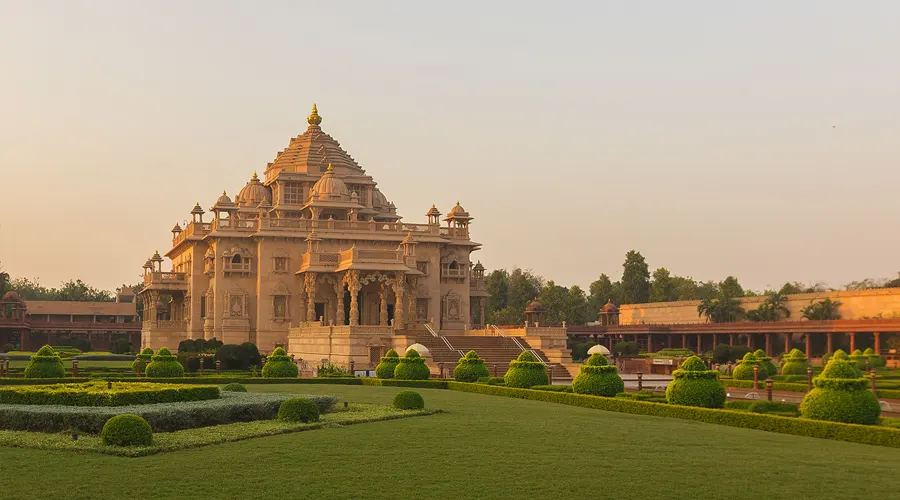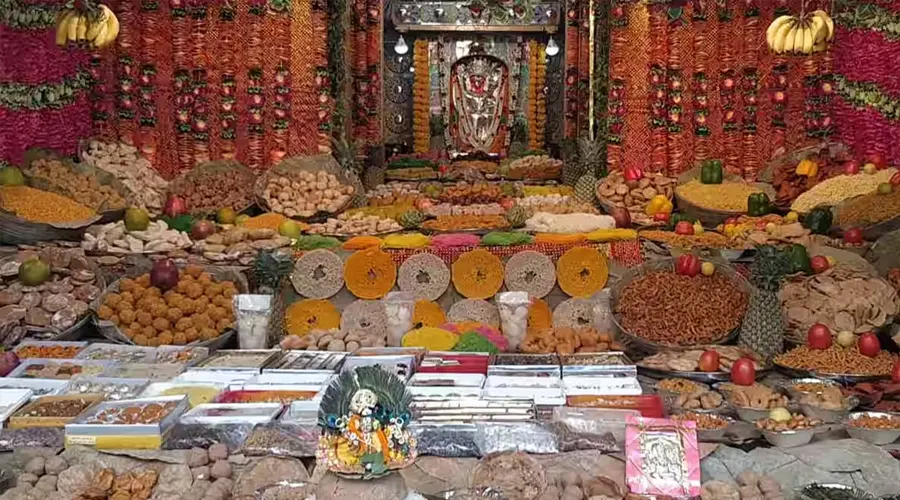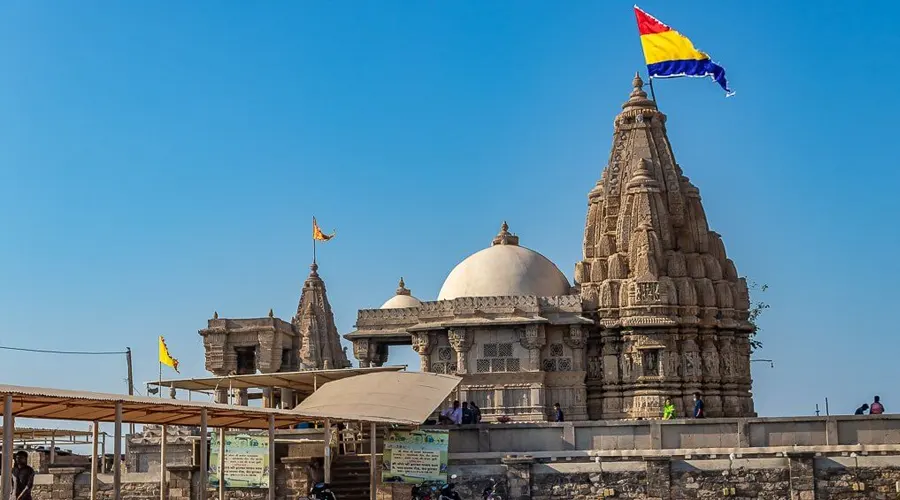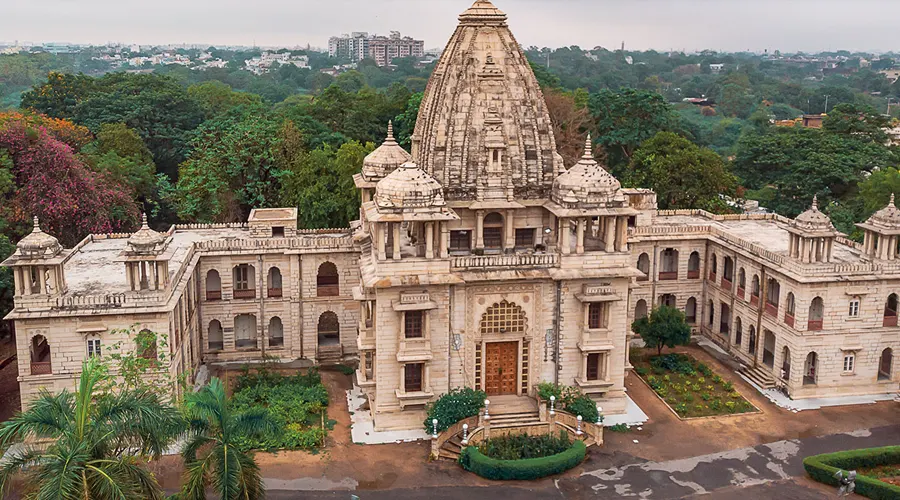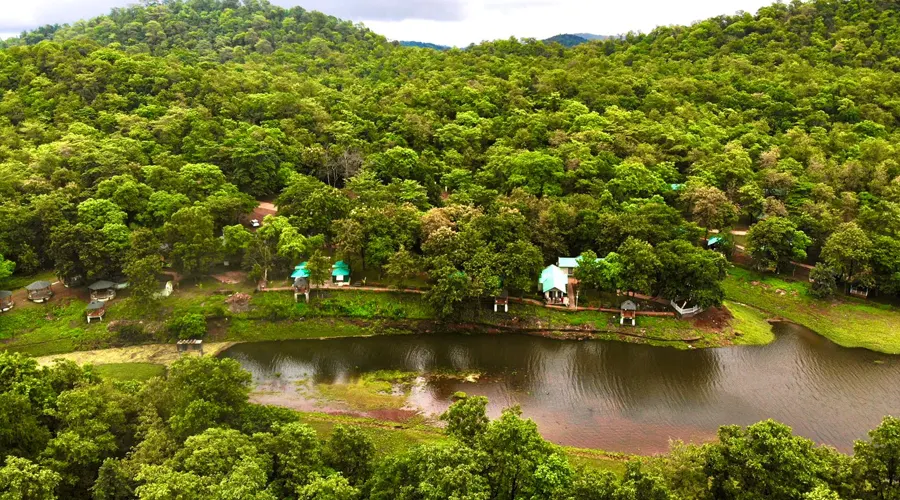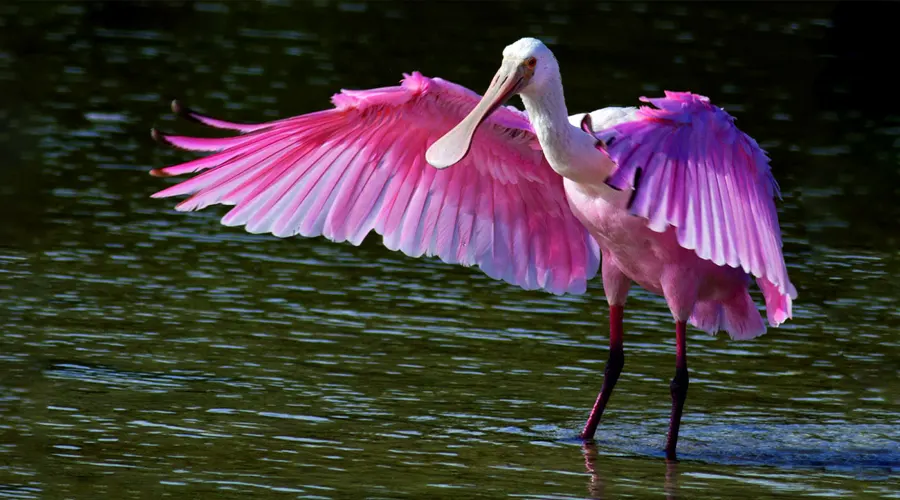Laxmi Vilas Palace
One of Vadodara’s most prominent attractions, Laxmi Vilas Palace served and still served as the residence of Vadodara’s royal family. It was built by Maharaja Sayaji Rao III between 1878 and 1890. During that time alone the cost incurred in the construction was around 6 million INR.
The architecture of this particular palace is marked as the finest representation of the Indo-Saracenic style. Along with spectacular structures inside the palace, a zoo, golf course, and a museum are also located. Opulent halls with stained glasswork, mosaic, and beautiful tiles are a treat to the eyes for sure, and this alone is a reason enough to pull travelers from around the world.
Laxmi Vilas Palace History
The Lakshmi Vilas Palace was built at a time when the Britishers were facing stiff resistance from the Indian Kings. However, Maharaja Sayajirao Gaekwad the Third never fought against them and sought their assistance in developing his state under British rule.
It cost around GBP 180,000 during that time to build the palace, which was constructed under the supervision of architect Major Charles Mant. However, due to fits of depression and paranoia, he died before the completion of the project.
Today, Lakshmi Vilas Palace is one of the largest palaces in India and also the residence of the royal family of Vadodara. Before living in Lakshmi Vilas Palace, the royal family used to live in Sarkarvada or the Nazarbaug Palace. The palace beholds a large collection of artworks, all of which have been put up for exhibition at the museum. These include the paintings of gods and goddesses of Indian mythology, painted by Raja Ravi Verma himself.
The engine kept at the museum entrance was once used to transport Maharaja’s children from the main palace to school, which was initially placed on the other side of the palace gardens. The pond present inside the palace is the only remains left of the zoo built during the old times. You can take audio guides at the entrance gate to learn more about the history of the place.
Laxmi Vilas Palace Architecture
Lakshmi Vilas Palace was built in an Indo–Saracenic style architecture. During your visit to the palace, you will come across the famous Darbar Hall, where most of the musical concerts and events are presently held. The Darbar Hall also showcases the throne used by Maharaja Sayajirao Gaekwad III during his reign. The best thing about Darbar Hall is the Belgian-coloured glass windows in addition to a collection of bronze, marble, and terracotta sculptures with armory collections as well.
Inside the 500–acre compound of Lakshmi Vilas Palace, you may find many other buildings such as Moti Baug Palace, Moti Baug Cricket Ground, Maharaja Fateh Singh Museum, and an indoor tennis court with teak flooring.
Maharaja Fateh Singh Museum
Presently known as Maharaja Fateh Singh Museum, this structure was once a royal school. Called Motibaug School, even Maharaja Sayajirao Gaekwad III completed his schooling here. The school was further converted into a museum, where the royal family hired Dr. H. Goetz to design the interiors of the building, including the arrangement of historical artifacts and Ravi Verma's artwork collection.
Named after Maharaja Fateh Singh Rao Gaekwad, the museum is trusted for preserving the artifacts, this museum also houses the artist's painting of Lakshmi, the Indian Goddess of wealth and fortune.
The outstanding and foremost part of the museum showcases bronze, oil, and marble artifacts. Chinese and Japanese enamel, bronze sculptures, and porcelain are housed in the western part of the museum, while copies of Greek and Roman statues are placed in the eastern part of the museum.

